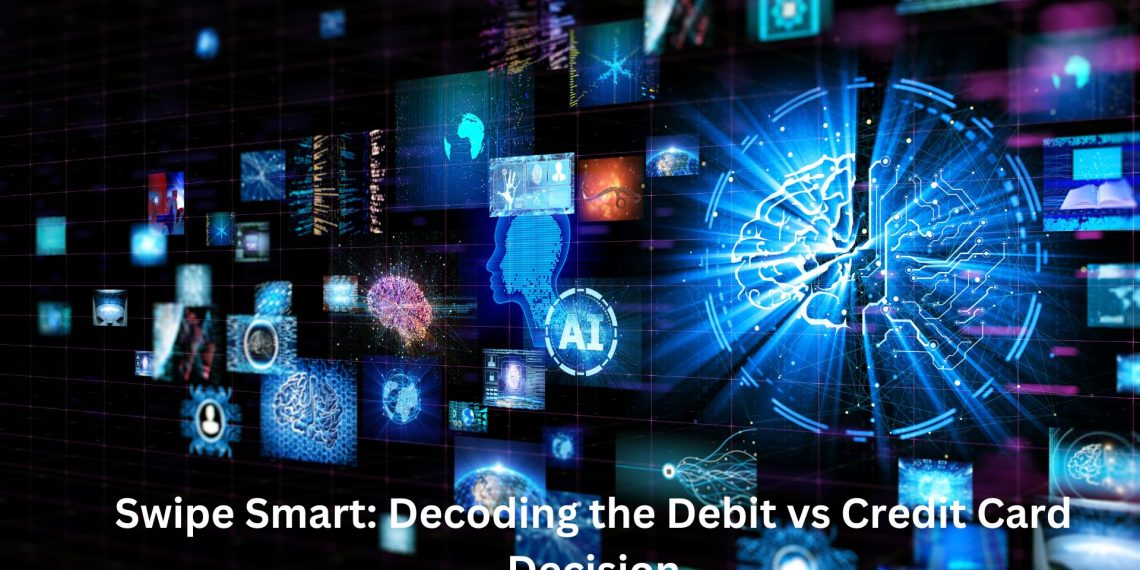In the methods of today’s education, technology plays an impact tool to revolutionize the traditional classroom teaching experience. From interactive classroom teaching on whiteboards and blackboards to education through these educational apps and virtual platforms, the possibility for the use of technology in education is endless.
Nowadays, we adopt technology to improve education and to make things understandable for students. One must aim for effective utilization of technology for enhancing learning and engaging them towards education. In this article, we will discuss some useful technology practices for an effective classroom teaching experience.
- Identify the learning objectives: Educators should define their learning objectives before integrating any technology into the classroom. By using technology for specific educational tasks, educators ensure that there is efficient utilization of it and that one does not misuse the same.
- Select Appropriate Tools: There are a lot of technology tools that can be used for educational purposes, the teacher should opt for those tools that align with their interest and are preferable for everyone. One can use those tools to prepare educational games, interactive sessions, and multimedia presentations for quick learning.
- Promote Active Learning: Through technology, teachers try to promote active learning experiences for students rather than continuing with the traditional teaching method. For example, they can create some engaging quizzes and games to encourage student participation and to upgrade their knowledge.
- Encourage Collaboration and Communication: Technology facilitates collaboration and communication among students from far-off places. Technology provides students a platform to work together through video conferencing and other mediums from far-off places. Thus breaking down the physical barriers and establishing a sense of community.
- Personalise Learning Experiences: A teacher can personalize the learning experience for every individual student as per his/her needs and preferences. The learning platforms could be adjusted as per the student’s strengths and weaknesses. With the use of technology, one can determine a student’s progress and can target and support the student accordingly.
- Facilitate Access to Resources: Through the internet, one can access a large sum of educational resources from basic information to vast and detailed research.
By incorporating technology, teachers can provide students with some supplementary materials and enrich their learning experience. The use of digital textbooks and e-learning platforms provides cost-effective alternatives to the students keeping in view the traditional teaching ways.
- Promote Digital Literacy: In today’s digital world, technology is used at its best for its optimum utilization. Therefore, the educators aim to cultivate digital literacy skills among the students from different backgrounds. By integrating the use of technology into the curriculum, teachers can teach students how to evaluate information and use digital platforms efficiently.
- Embrace Mobile Learning: With the opportunities for students like us to study anytime from anywhere, mobile devices and laptops have become important for learners. By embracing the mobile learning initiatives, the teachers could encourage the use of these devices to go beyond classroom teaching. Through educational apps or online resources, students get flexibility and accessibility as per their preferred schedules.
- Provide Ongoing Training and Support: For implementing technology in classrooms, the teachers should be well-familiarised and equipped with their work. They require training and support for the effective implementation of technology which could only be attained by professional development opportunities and from learning through peers for teachers.
- Evaluate and Iterate: Teachers should regularly assess the impact of technology integration in studies and how it affects them and should make adjustments accordingly as necessary. They may take feedback from students, analyze the assessment data, and conduct an evaluation of the technology integration. By iterating, the teachers can optimize the benefits of technology in classroom teaching.
In conclusion, we can say that technology can enhance engagement, and learning through media presentations, and foster collaboration and communication by breaking down physical barriers. It has the potential to change the classroom teaching experience for students. The effective integration of technology should be done by the educators/teachers with careful planning, by selecting the most appropriate tools and providing training and support to teachers for technology usage by certain professionals. By considering these practices and strategies, educators can provide an enriching experience to prepare students in a dynamic learning environment with this tech-savvy teaching approach.




